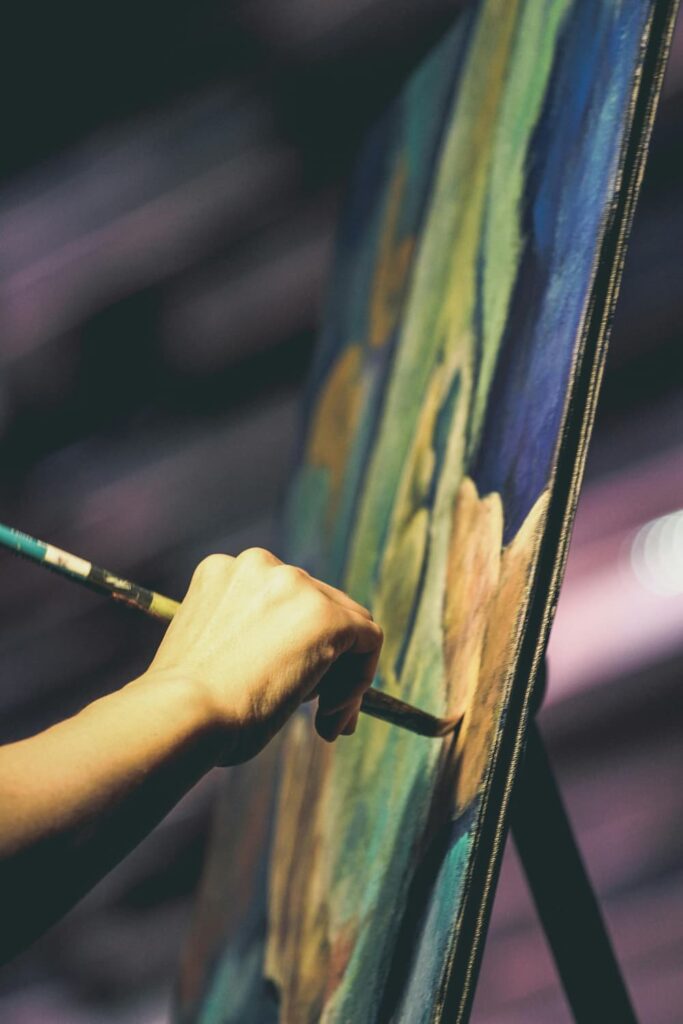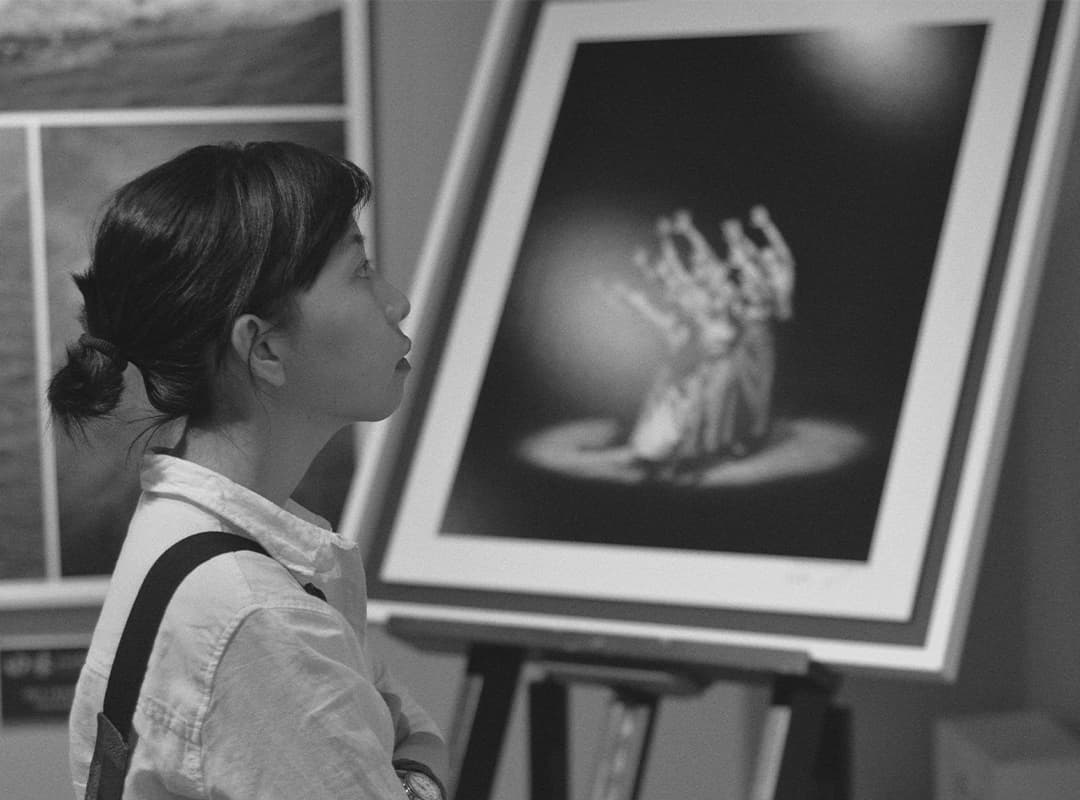Completing a bachelor’s thesis is a major academic milestone, but it can feel overwhelming—especially if you’re more comfortable with visual expression than writing long texts. Many students in the arts, design, or music fields struggle to translate their ideas into structured academic work. Writing isn’t necessarily their strength, and the pressure of conforming to academic norms can add to their stress. Yet, the thesis remains a requirement—and meeting the deadline is essential. For students who feel stuck, overwhelmed, or simply out of their element, services like a Ghostwriter Bachelorarbeit can help clarify structure, sharpen arguments, or offer proofreading support without replacing the student’s own ideas. But with the right strategies, even non-writers can complete a thoughtful, well-organized thesis on time and with confidence.
Understanding the Challenge: When Creativity Meets Structure
Artistic students often think in colors, images, movement, and emotions. Writing a thesis, on the other hand, demands linear thinking, evidence-based arguments, and formal academic language. This contrast can feel like trying to fit a square peg into a round hole.
It’s not that artists lack ideas—on the contrary. Their projects are often rich, original, and deeply personal. But translating that into a coherent, academically acceptable text can be intimidating. The good news is that academic writing is a skill, not a talent. It can be learned—and even creative thinkers can master it with the right approach.
Step One: Define a Topic That Connects with Your Practice
A thesis becomes easier to write when it’s connected to something you genuinely care about. Instead of choosing a generic or theoretical topic, look at your own artistic work or interests for inspiration.
Ask yourself:
- What recurring themes appear in my projects?
- Have I explored a certain medium or technique in depth?
- How does my creative work relate to current social, political, or cultural topics?
- Can I connect theory with practice?
For example, a photography student might explore “The Role of Documentary Photography in Social Justice Movements.” A dance student could focus on “Embodied Memory: Choreography as Historical Narrative.” Choose a topic that speaks your language—but write it in the academic one.
Step Two: Create a Clear Structure Before Writing
Artists often dive into projects intuitively, letting the process lead the way. But writing a thesis requires a clear structure from the start. Without it, you risk getting lost in your own ideas.
A typical bachelor’s thesis follows this structure:
- Introduction
– What is the topic? Why is it relevant? What are your research questions or goals? - Theoretical Framework
– What existing theories or concepts relate to your topic? How do you position your work? - Methodology
– What methods did you use? (e.g., case studies, interviews, artistic experimentation) - Analysis or Project Description
– What did you find, observe, or create? How do you interpret your results? - Conclusion
– What are your key findings? What could future research explore?
Start by writing bullet points under each heading. Even if it’s rough, this outline becomes your map—and saves you from blank-page anxiety later.
Step Three: Break the Process into Manageable Parts
Writing a thesis can feel like climbing a mountain—but you don’t have to reach the summit in a day. Break the task into small, daily or weekly steps.
Here’s a sample breakdown:
- Week 1: Finalize your topic and outline.
- Week 2–3: Conduct literature research and take notes.
- Week 4–5: Write the introduction and theoretical part.
- Week 6: Describe your methodology.
- Week 7: Analyze or present your practical project.
- Week 8: Write the conclusion and format the thesis.
- Week 9: Edit, proofread, and prepare for submission.
This plan leaves room for creative blocks, revisions, or unexpected delays. Flexibility is essential—but consistency matters more.
Step Four: Write Like You Speak (Then Polish)
One reason non-writers get stuck is the fear of sounding “academic enough.” But the first draft doesn’t need to be perfect. Start by writing as you would explain the topic to a friend or teacher.
For example:
“In my project, I looked at how people interact with public murals. I noticed that colors, especially red and yellow, attracted more attention…”
Later, you can revise this to:
“This project analyzes public engagement with mural art, with a particular focus on the influence of color choice on viewer interaction.”
Writing clearly is better than sounding complicated. Clarity = credibility.
Step Five: Use Your Strength—Visual Thinking
Just because your thesis is text-based doesn’t mean it can’t include visuals. Depending on your subject and university guidelines, you may be allowed to include:
- Photographs
- Diagrams
- Sketches
- Performance stills
- Graphs or timelines
Visuals help explain your creative process and make your thesis uniquely yours. If allowed, place them strategically and explain their relevance in the text.
Step Six: Use Tools That Make Writing Easier
Technology can be your ally—even if you’re not a fan of writing. Here are some tools that can help:
- Scrivener or Notion: For organizing ideas and chapters.
- Zotero or Citavi: For managing your bibliography.
- Grammarly or DeepL Write: For grammar and style support.
- Speech-to-text tools: If you think better aloud, try dictating parts of your draft.
Also, don’t hesitate to ask for feedback. Friends, professors, or even a Ghostwriter Bachelorarbeit can help you refine your structure or wording while keeping your voice intact.
Step Seven: Embrace Editing as a Creative Process
Editing may feel boring compared to painting or performing—but it’s where your thesis takes shape. Think of it like refining a sculpture or reworking choreography.
Here’s how to approach it:
- First round: Focus on big things—structure, argument clarity, missing parts.
- Second round: Polish your style, shorten long sentences, remove repetition.
- Third round: Fix grammar, typos, citations, formatting.

Read your work aloud. It helps spot awkward phrasing. And always leave time between writing and editing—it gives you fresh perspective.
Step Eight: Don’t Let Perfectionism Stop You
Artists often strive for perfection—but in academic writing, that can be paralyzing. A thesis doesn’t have to be revolutionary. It needs to be coherent, well-researched, and submitted on time.
Ask yourself:
- Is my argument clear?
- Are my sources relevant?
- Is my language appropriate for the topic?
- Have I answered my research question?
If yes—then it’s probably good enough. Don’t let endless tweaking delay your submission.
Step Nine: Ask for Help When You Need It
Creative students sometimes feel embarrassed asking for writing help, thinking it reflects a lack of intelligence. In reality, even the best artists consult editors, coaches, or collaborators.
If you’re stuck, consider:
- Talking to your supervisor about your doubts.
- Swapping drafts with a classmate.
- Using academic support services at your university.
- Consulting a Ghostwriter Bachelorarbeit for editing or structure feedback.
Getting support isn’t cheating—it’s part of the process.
Step Ten: Celebrate Your Creative Perspective
Your background as an artist isn’t a weakness—it’s your biggest strength. Academic fields need more diverse voices, and your ability to see things differently can bring valuable insights.
A well-written thesis doesn’t erase your creativity—it gives it a voice that academics can hear. Whether you’re a painter, performer, designer, or filmmaker, your vision matters.
By combining your creative instincts with writing strategies, you can produce a thesis that is not only academically solid but also artistically rich.
Final Thoughts: You Can Do This
Writing a bachelor’s thesis may never feel as natural as painting a canvas or composing a song—but it’s absolutely possible, even for non-writers. With planning, support, and patience, you can meet the deadline and feel proud of your work.
Remember:
- Start with what you know—your artistic practice.
- Break the task into small steps.
- Use tools and get help when needed.
- Don’t let perfectionism slow you down.
- Own your creative voice.
And when it’s all over, you’ll not only have a completed thesis—you’ll also have proven to yourself that you’re capable of translating your unique vision into words.



